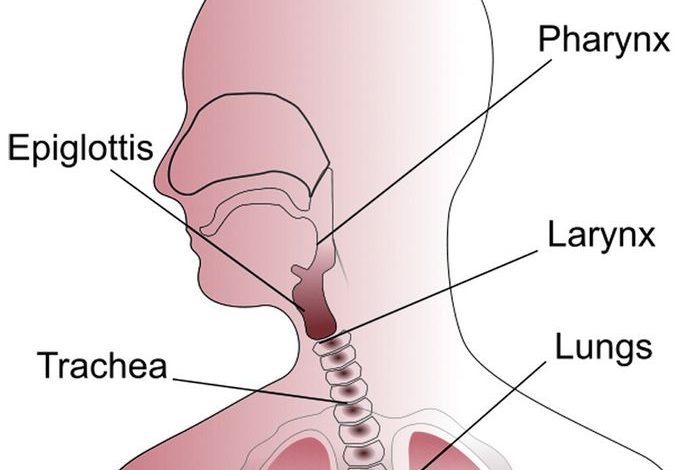

Child Health
By Dr Shan Narayanan


The pharynx is the passage that leads from the cavities of the nose and mouth to the larynx (voice box) and esophagus. Air passes through the pharynx on the way to the lungs, and food enters the esophagus from the pharynx.
WHAT IS PHARYNGITIS?
Pharyngitis is the inflammation (redness and swelling) of the pharynx that causes sore throat. Pharyngitis is common in children.
WHAT CAUSES PHARYNGITIS?
Pharyngitis is most commonly caused by a viral or bacterial infection. Virus such as the cold or flu virus causes viral pharyngitis. The influenza virus causes the most common form of viral pharyngitis.The most common type of bacteria that causes pharyngitis is group A streptococcus (strep throat).
HOW IS PHARYNGITIS SPREAD TO OTHER PEOPLE?
Pharyngitis is contagious and can be passed on by touch or by using personal items of the infected person.
Pharyngitis can spread when an infected person coughs or sneezes. Pharyngitis can also be spread if the person shares food and drinks. A carrier can also spread pharyngitis. A carrier is a person who has the bacteria in his throat but does not have symptoms. Germs are easily spread in schools, day care centres, work and at home.


The main symptom of both conditions is a sore throat. Your child may also have the following:
- Hoarseness
- Cough, runny or stuffy nose, itchy or watery eyes
- A rash on his body
- Fever and headache
- Whitish-yellow patches on the back of his throat
- Tender, swollen lumps on the sides of his neck (enlarged lymph nodes)
- Nausea, vomiting, diarrhoea, or stomach pain
HOW IS PHARYNGITIS DIAGNOSED?
Your child’s doctor will ask his symptoms and examine him. He will look into the throat and feel the side of the neck and jaw. Sometimes a throat swab (wipe) is taken for tests to determine which germ is causing your child’s sore throat. A blood test may be done if indicated.
HOW IS PHARYNGITIS TREATED?
Give your child paracetamol or ibuprofen for fever and to ease the pain. Do not use ibuprofen in children younger than 6 months of age.
Give your child cool liquids to drink.
Have your child gargle with warm saltwater if it helps relieve pain. A throat numbing spray may also help. Older children can be given throat lozenges.
Your doctor may decide to add an antibiotic and other medications such as cough and cold syrup, if indicated.
HOW CAN I HELP PREVENT THE SPREAD OF PHARYNGITIS?
Wash your hands and your child’s hands often. Keep your child away from other people while he is still contagious. The typical contagious period for pharyngitis is 48 to 72 hours. Do not let your child share food or drinks. Do not let your child share toys or pacifiers. Wash these items with soap and hot water.
The way to judge whether the infectious period has passed is by waiting for certain symptoms to ease. When the fever settles or the person gets relief from the pain, the infection is likely settling.
WHEN SHOULD MY CHILD RETURN TO SCHOOL OR DAYCARE?
Your child may return to daycare or school when his/her symptoms go away.


